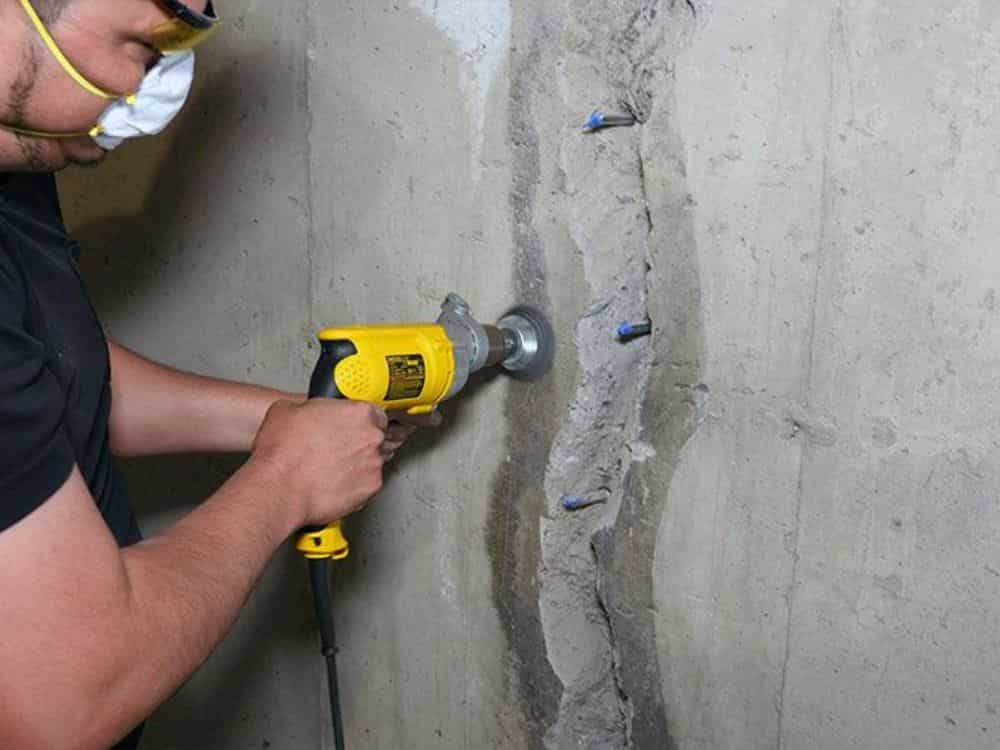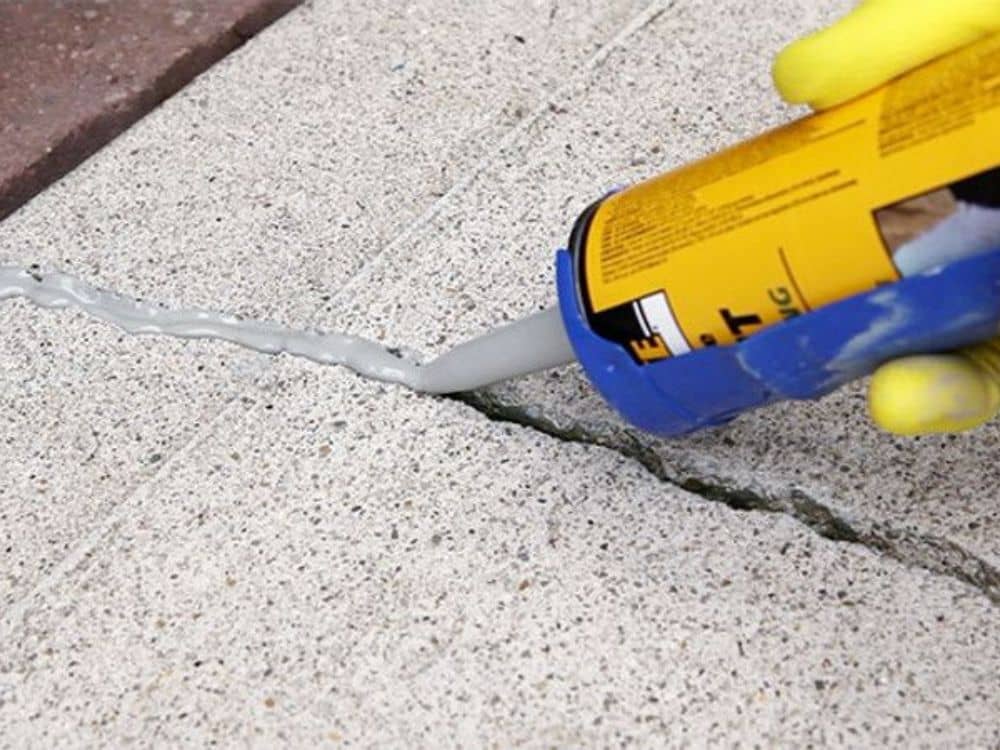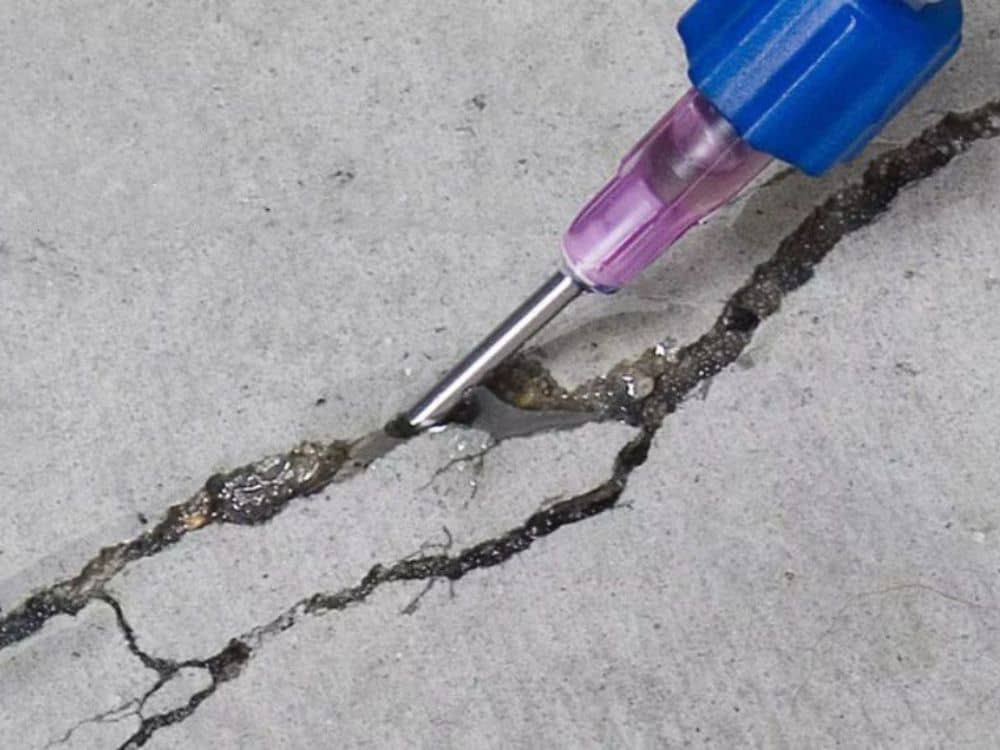The first step is to identify and assess the cracks or joints causing the leakage. This involves a thorough inspection of the structure to locate the areas where water is entering or where potential weaknesses exist. It's important to understand the extent and nature of the cracks to determine the appropriate injection materials and techniques.
The surface around the crack or joint is prepared by cleaning it to remove any loose particles, dirt, or contaminants. This ensures proper adhesion and penetration of the injection material. In some cases, the crack may be widened or a groove may be created to facilitate the injection process and maximize the effectiveness of the repair.
The choice of injection material depends on various factors, including the type of structure, the nature of the crack, and the expected movement of the structure. Commonly used injection materials include epoxy resins, polyurethane foams, acrylic gels, or cementitious grouts. Each material has its own properties and is suitable for different types of cracks and applications.
The selected injection material is mixed and injected into the crack or joint using specialized equipment. Injection methods can vary, but typically involve the use of
injection ports or packers inserted into the crack at regular intervals. The ports or packers act as access points for the injection material. The injection process is carried out under pressure to ensure the material penetrates deep into the crack and fills all voids.
Once the injection material is applied, it undergoes a curing process to harden and form a watertight seal. The curing time varies depending on the type of material used. After curing, any excess material is trimmed or removed, and the surface may be finished or sealed to restore its appearance and protect it from further damage.




